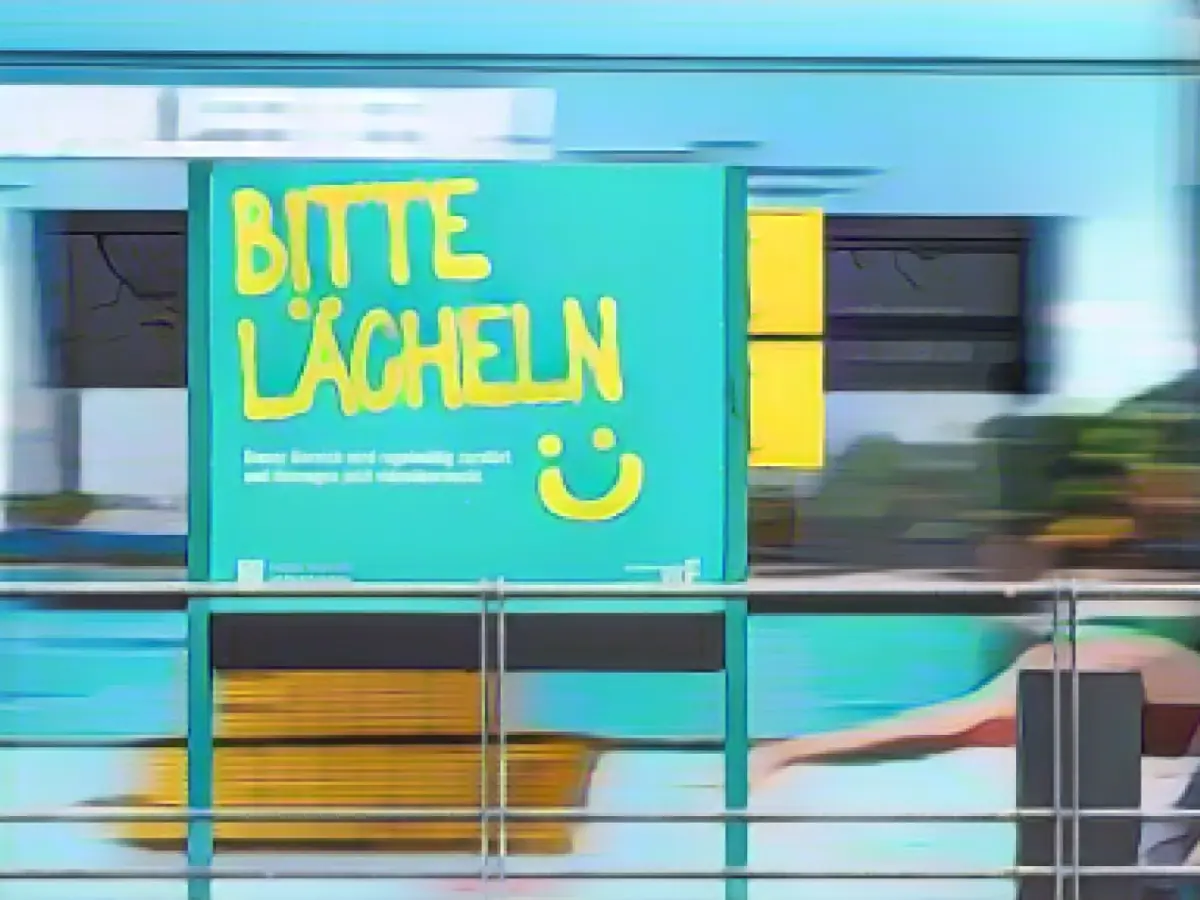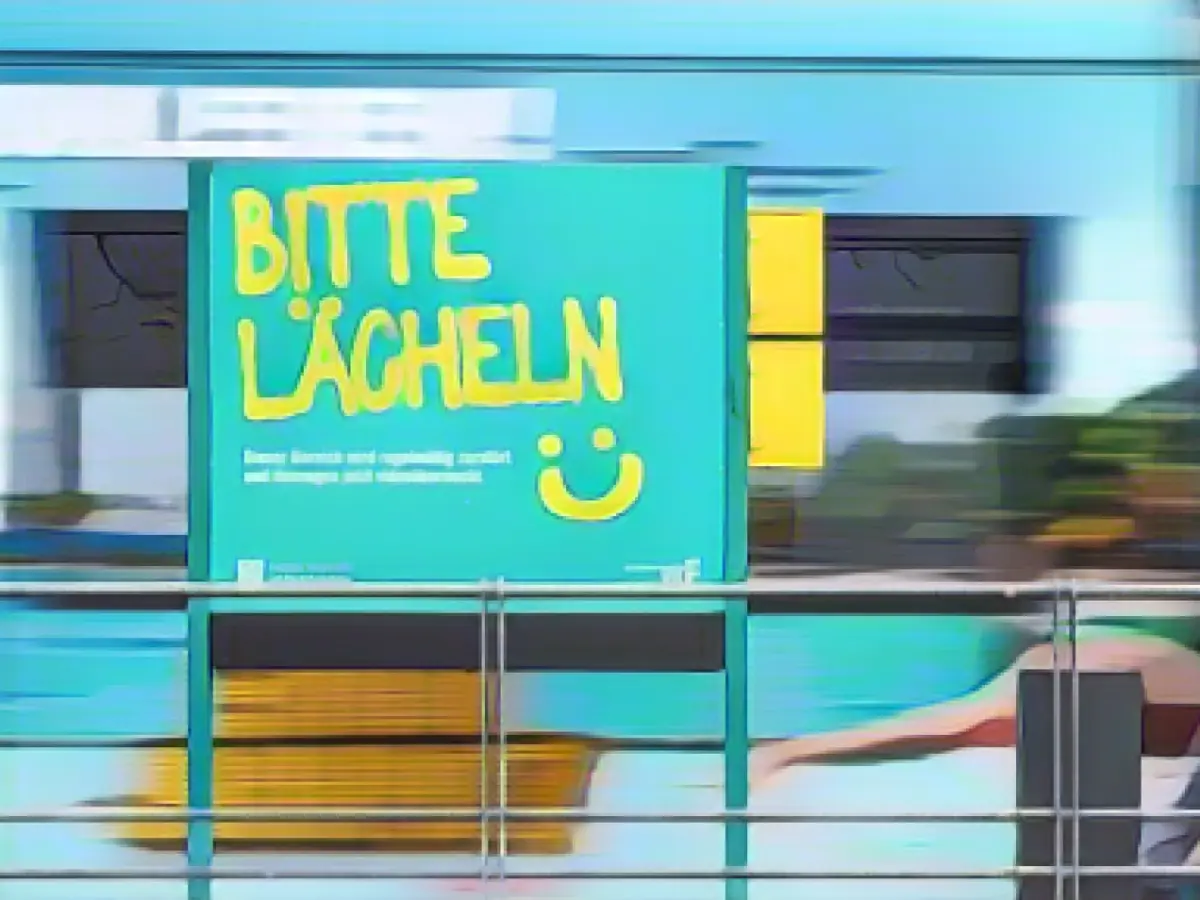Combating Bus Stop Vandalism in Frankfurt am Main: A Prevention-Focused Approach
Vandalism at public transportation stops can lead to costly repairs, significant repair work, and a decrease in passenger satisfaction. Verkehrsgesellschaft Frankfurt am Main (VGF) aims to tackle this issue with a prevention concept, installing posters at four affected bus stops in the city. These posters feature thought-provoking messages, such as "I'm standing in the rain because of you," or "523 portions of chips - That's how much a new window costs at this stop."
The posters serve as a reminder of the time, expense, and frustration caused by vandalism, with the hope of encouraging more consideration and deterrence at these specific stops - Harthweg, Waldfriedhof Goldstein, Waldau, and Walter-Kolb-Siedlung on Friedberger Landstraße in Bornheim. VGF also employs information screens in stations and engages with the Prevention Council and local police, holding talks and workshops to combat this issue further.
Vandalism presents a persistent problem for many transit authorities worldwide, including the Nordhessischer Verkehrsverbund (NVV) and Kasseler Verkehrs- und Versorgungs-GmbH (KVV). The costs of repairing damages from vandalism, such as broken glass and graffiti, add up and result in high, avoidable material damage. To combat vandalism, these authorities employ various strategies, like camera surveillance, increased police presence, and community engagement through TRIP agents.
Enrichment Insights
Cities can adopt various approaches to reduce vandalism at bus stops, such as implementing a zero-tolerance policy, enhancing surveillance, increasing police presence, engaging communities, and prioritizing sustainable landscaping practices.
- Zero Tolerance Policy:
- Regularly removing any graffiti or stickers displayed on buses and trains, creating a visible and consistent baseline for maintaining a well-kept transit system.
- Implementing regular cleaning operations to ensure that once cleaned, the vehicles remain graffiti-free, effectively communicating a stance against vandalism.
- Enhanced Surveillance:
- Establishing well-placed security desks at transit terminals that facilitate a 360-degree view and provide a more approachable and visible presence for security personnel, reducing blind spots and encouraging a sense of safety among riders.
- Increased Police Presence:
- Increasing the presence of police officers and Community Service Officers in high-crime areas, conducting routine fare inspections and addressing minor infractions to create a visible deterrent for vandalism.
- Community Engagement:
- Deploying TRIP agents to monitor and address issues aboard rapid bus lines, fostering a sense of community and playing a crucial role in maintaining order and reducing crime throughout the transit system.
- Sustainable Landscaping Practices:
- Prioritizing environmentally-friendly landscaping methods and reducing the use of toxic chemicals, promoting a cleaner and more attractive environment and creating a sense of pride and engagement within the local community.
By incorporating these strategies, cities can improve passenger safety, reduce vandalism costs, and create an environment where such acts are less likely to occur.
Sources: , , ,






